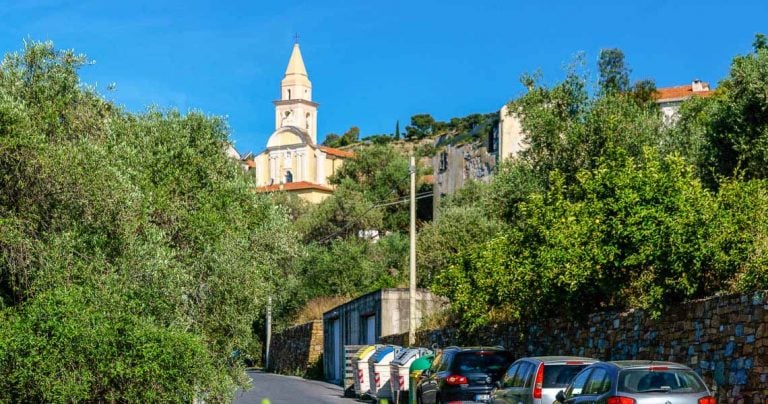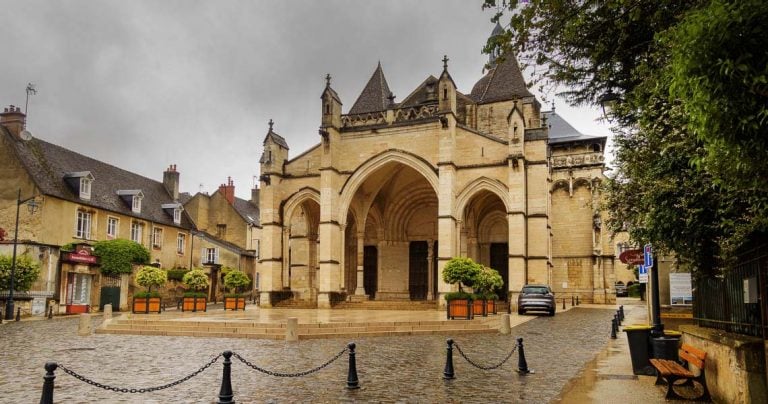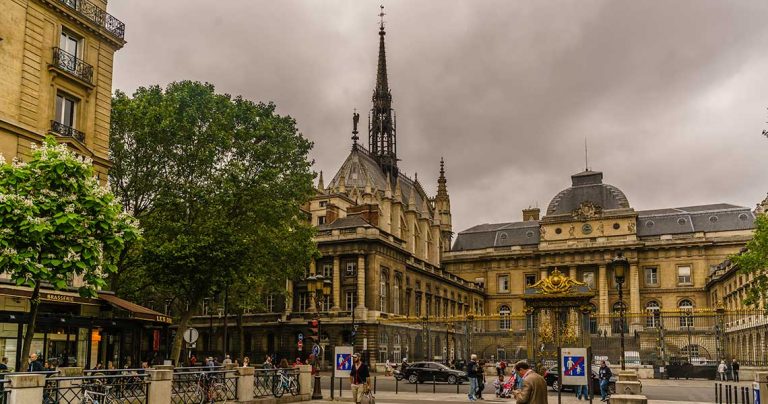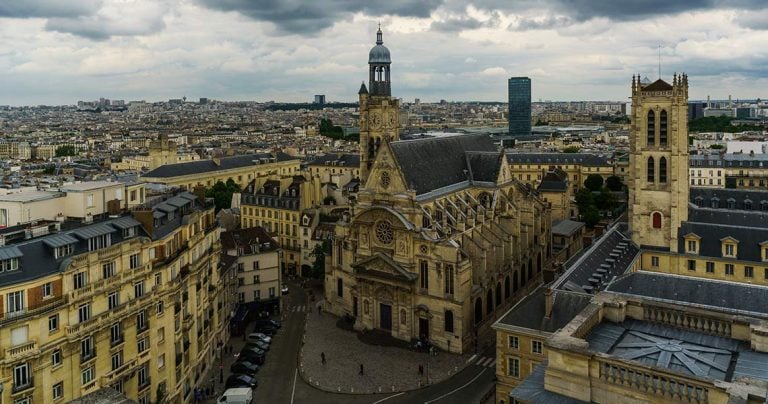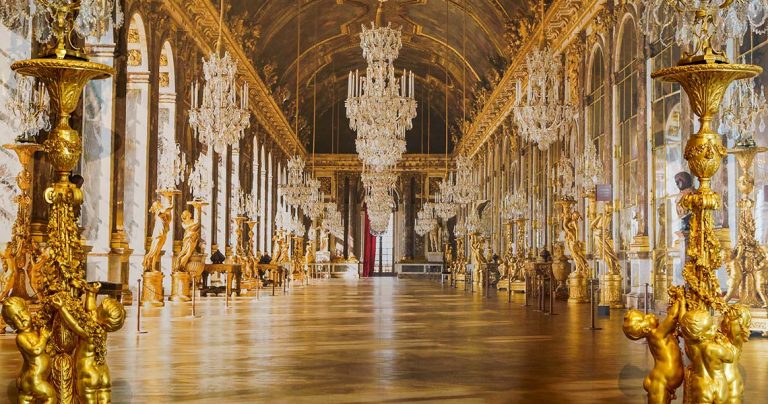The Great Organ of Saint-Eustache
Anyone who is an avid reader of this blog will soon realise that Ruth and I have a penchant for visiting religious institutions. We are not particularly religious, but the history, architecture, art and music of these magnificent buildings compel us to open their doors and discover the beauty beyond.
Just Another Walk-In
I have lost count of the times we have opened a church door and walked into the middle of a baptism, a wedding, a funeral, or a Mass. Most often, the most fantastic organ music imagined accompanies these occasions.
Some years ago, we came upon l’église Saint-Thomas while walking around Strasbourg. Unbeknown to us then, we had walked into the Church where Dr Albert Schweitzer gained prominence as a musical scholar and organist. We spent the afternoon as the only people in the Church, listening to the local organist play Bach. What luck and what music!
Paris is the organ capital of the world, housing 234 instruments, 126 of which are the property of the City of Paris. The churches that act as guardians of these outstanding instruments often hold free organ recitals, mainly on weekends.
L’église Saint-Eustache was another one of those occasions when we were curious to explore inside. And we just happened to walk into the middle of a workshop by Baptiste-Florian Marle-Ouvrard, Titular Organist of Saint-Eustache. A thirty-minute free recital followed.
It’s hard to describe the experience of listening to this talented musician, but judge for yourself with the following video.
The Church
The origins of l’église Saint-Eustache date back to 1213, when a local merchant, Jean Alais, lent King Philippe Auguste a substantial sum of money. To repay him, the King allowed Jean Alais to tax the fish sold at Les Halles. To give thanks for his good fortune, Jean Alais erected a Chapel dedicated to Sainte-Agnès, a Roman martyr.
In 1303, the chapel was elevated to the status of a church. It was dedicated to Saint Eustace, a Roman military officer who converted to Christianity in the second century AD, leading to his martyrdom. The Church also became the guardian of the Saint Eustace relics acquired from the Saint-Denis Abbey.
The current building commenced in 1532, and although its construction took more than a century due to religious wars and lack of funds, the edifice is remarkably harmonious. The 18th century saw the addition of a new façade.

The French Revolution saw Saint-Eustache looted and desecrated, but some famous works of art survived, including a painting by Rubens.
In 1804, on the occasion of Napoleon’s coronation, Pope Pius VII consecrated the Chapel of the Blessed Virgin Mary.
Many missiles hit the edifice during the Seige of Paris (1870-1871), and the bell tower collapsed. However, the attics and buttresses were repaired, and the bell tower was rebuilt.

Restorations are always ongoing, and in 1971, work commenced to restore the southwest tower.
When the central Paris market relocated to Rungis in 1969, the life of the neighbourhood underwent a significant transformation, shifting from a thriving open market to a sophisticated cultural centre. The recent development of Les Halles shopping mall and the continued attraction of Rue Montorgueil has placed Saint-Eustache in a prominent position within the First Arrondissement.
Saint-Eustache is a real community church with a legacy of being situated in a vibrant market neighbourhood. It manages to blend the spiritual and pastoral with the social and artistic needs of the people.

Jardin Nelson Mandela sits on the south side of Saint-Eustache. Previously known as Jardin des Halles, the garden is a significant component of the urban renewal project for the Halles district. It provides a green oasis amid a bustling commercial centre and a reminder of the importance of community in the life of Saint-Eustache.
In keeping with its classical music tradition, the Church hosts performances throughout the year by symphony orchestras and choral ensembles. But, it does not exempt more contemporary offerings.
During the Festival of Music in June every year, the Church hosts 36 hours of uninterrupted music, featuring the intersection of children’s choirs with organ, jazz, folk, and rock music.
In addition, the Nuit Blanche Festival is held on the first Saturday in October, when Paris morphs into a celebration of art, music, and theatrical events. Saint-Eustache contributes a sound and visual atmosphere of music, holograms, and projections to submerge the viewer.
The Organ
With nearly 8,000 pipes, the organ of Saint-Eustache is considered one of the most prestigious in France, alongside that of La Cathédrale Notre-Dame de Paris.
L’église Saint-Eustache acquired its first organ in the sixteenth century, but little information is available about its original composition. Evidence suggests that Saint-Germain-des-Prés transferred its organ to Saint-Eustache during the French Revolution; however, Saint-Eustache never returned it once the conflict ended.
Rebuilt in the early nineteenth century by Daublaine-Callinet, the structure was destroyed by fire in 1844. It was again rebuilt between 1849 and 1854 by Charles Barker and Charles Verschneider but suffered further damage during the Seige of Paris in 1871. The instrument limped along for several years until Joseph Merklin restored it in 1879.
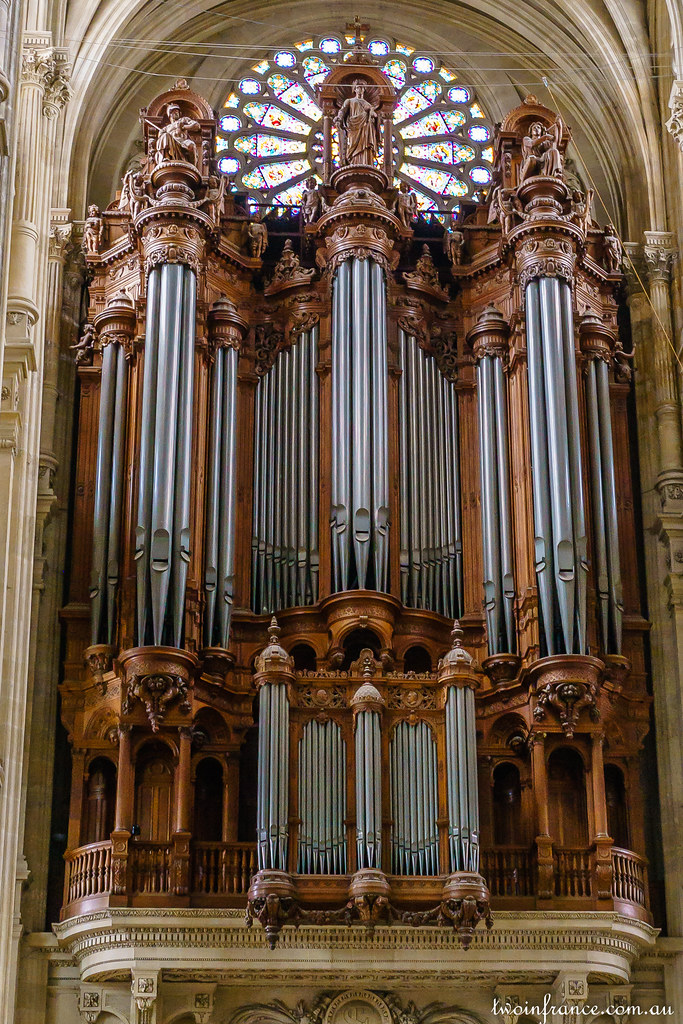
The organ underwent numerous changes in the twentieth century, but some unfortunate restorations eventually ruined it.
In 1985, the City of Paris organised a European competition to rebuild the instrument. Jean-Louis Coignet designed the organ under the direction of Titular Organist Jean Guillou. The successful tender went to the Dutch company Van den Heuvel.
The organ is entirely new, except for the buffet, which was built in the mid-nineteenth century on the design of the architect Baltard.

Following several lightning strikes that damaged the electronics of both the Church and the organ, it was decided in 2010 to modernise it with a state-of-the-art computer system. The memory system now holds 20,000 combinations, which can be copied to a USB memory stick.
The City of Paris owns 126 of the Paris organs. A yearly budget of 250,000 euros is insufficient to cover the maintenance and restoration of all these outstanding instruments, and Saint-Eustache’s organ requires regular and detailed care.
So, you should not be surprised to see volunteers collecting donations at the end of the free recitals. Your contribution can help perpetuate the rich tradition of the Church’s musical heritage for the benefit of future generations.
Information
2 Impasse Saint-Eustache 75001 Paris
33 1 42 36 31 05
[email protected]
Open every day: 9:30 a.m.-7:00 p.m. weekdays; 10:00 a.m.-7:15 p.m. Saturday; 9:00 a.m. to 7:15 p.m.
Metro 4: Les Halles; RER: Chatelet – Les Halles: lines A , B , D.
www.st-eustache.org


